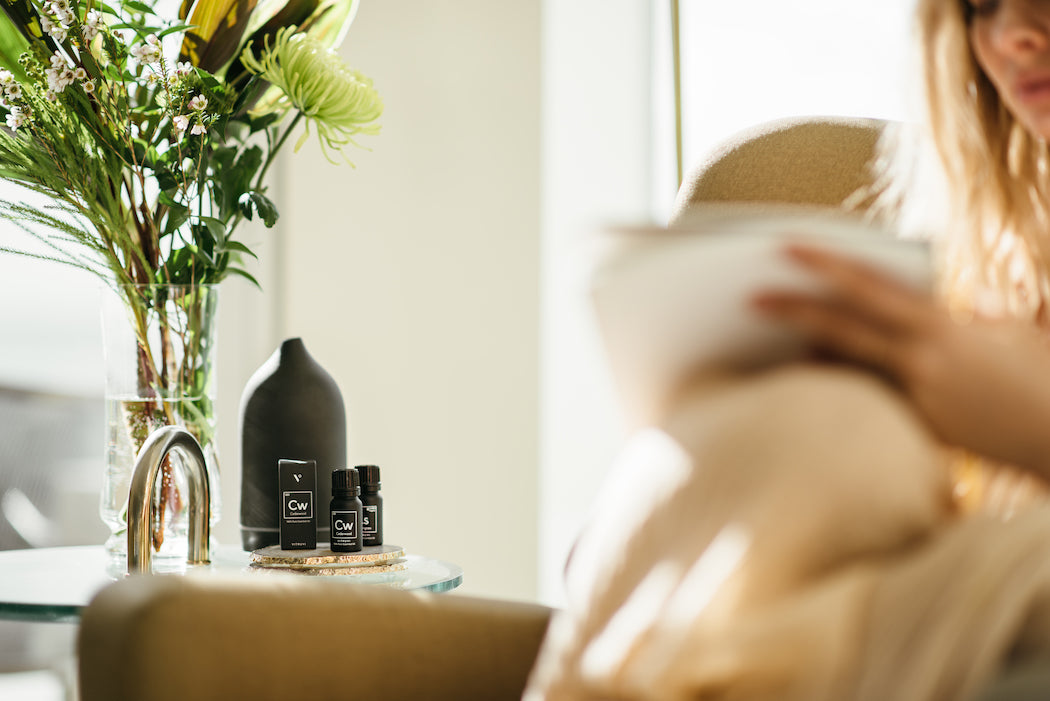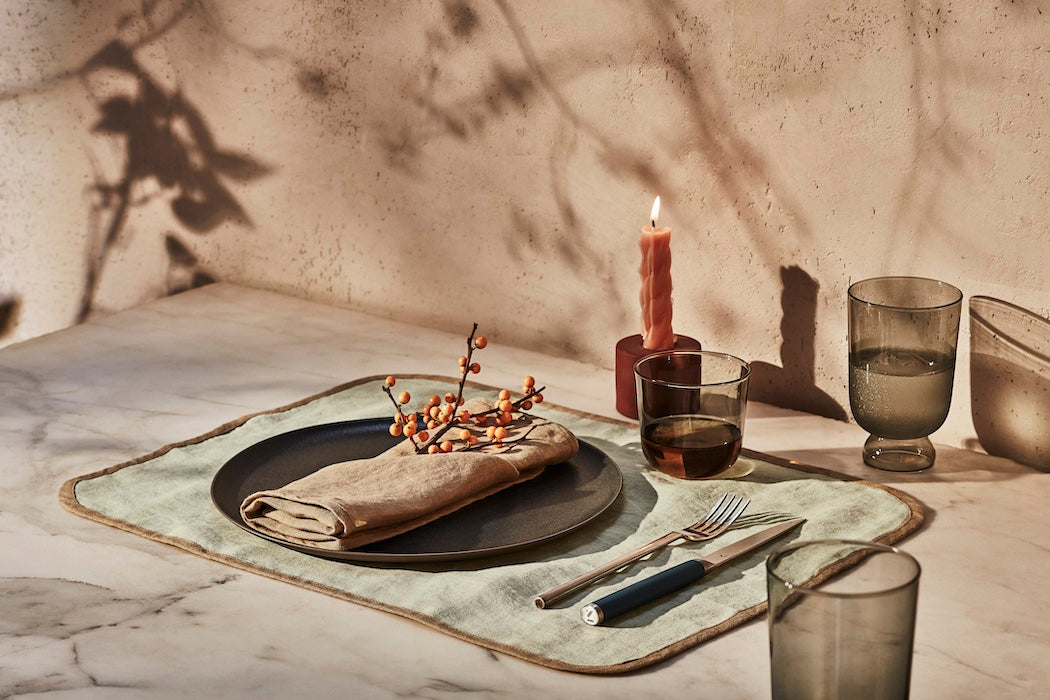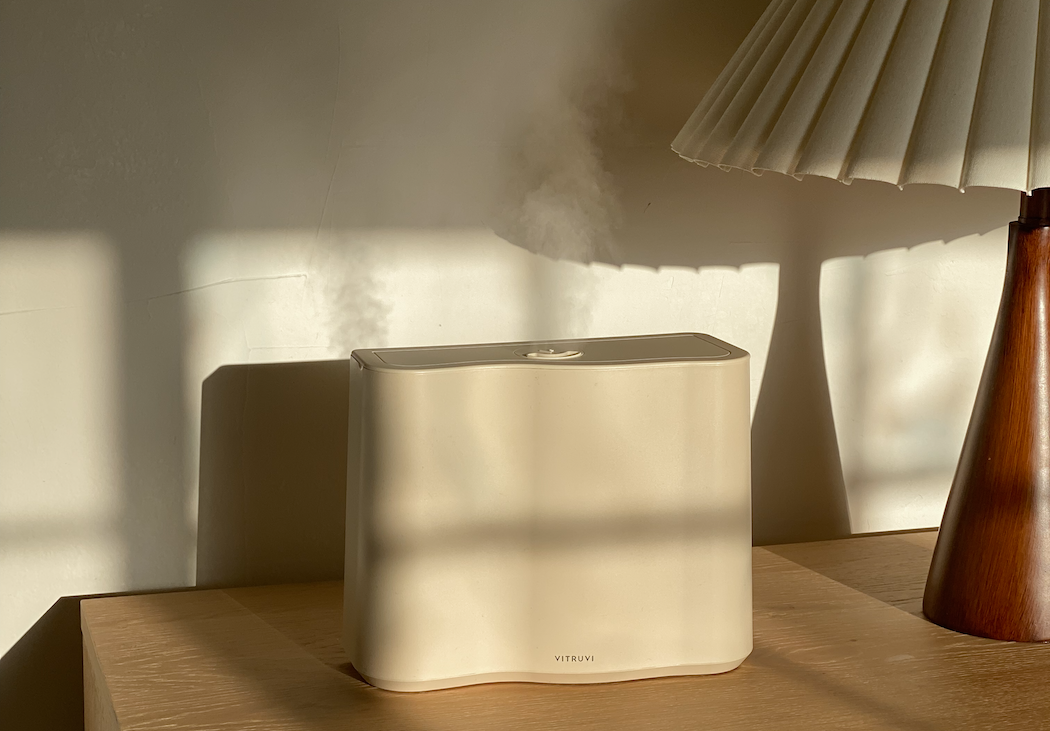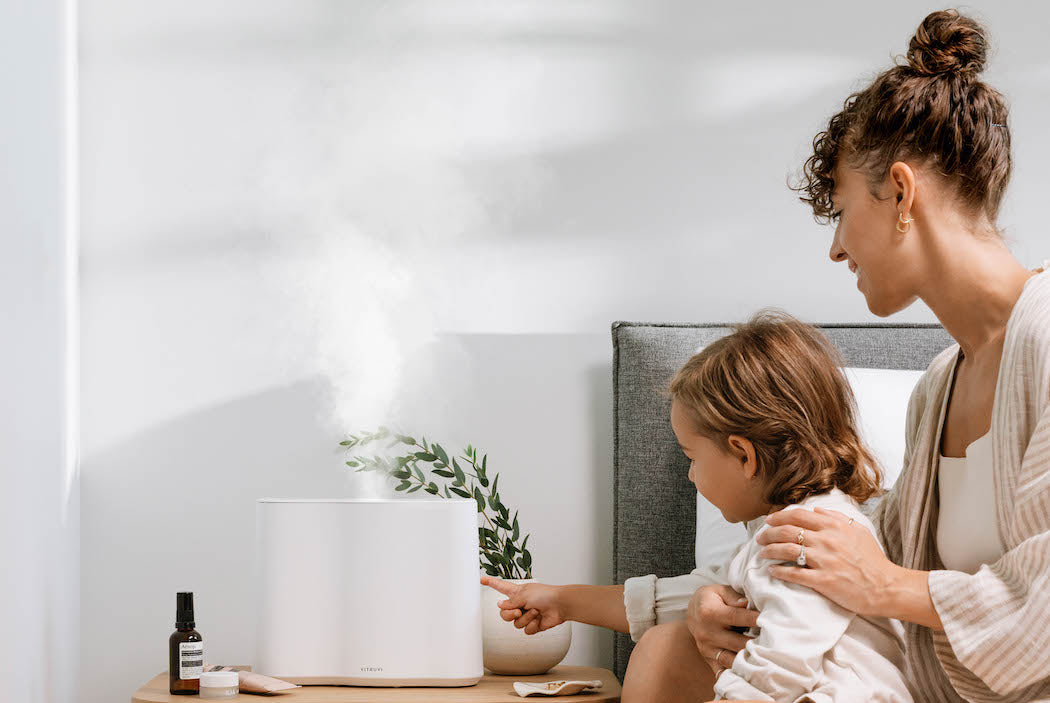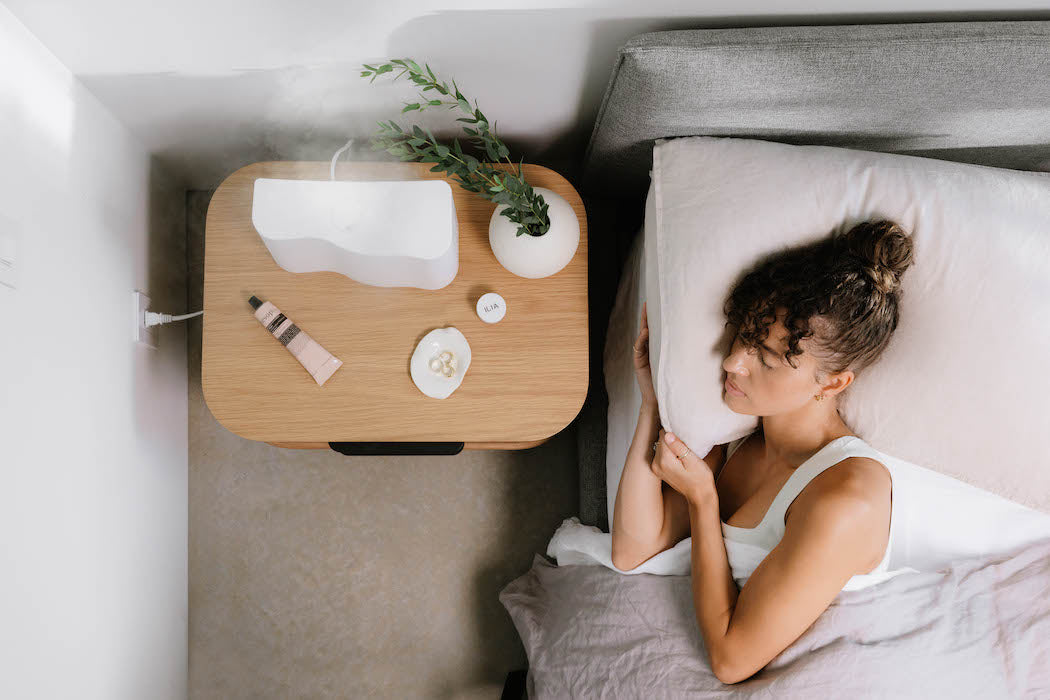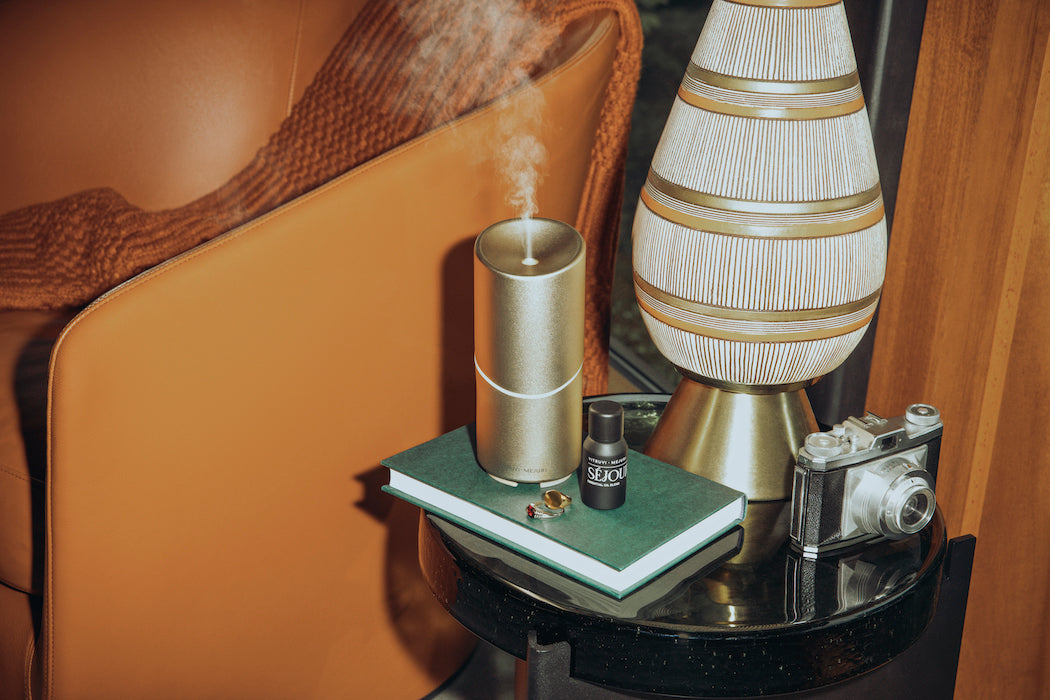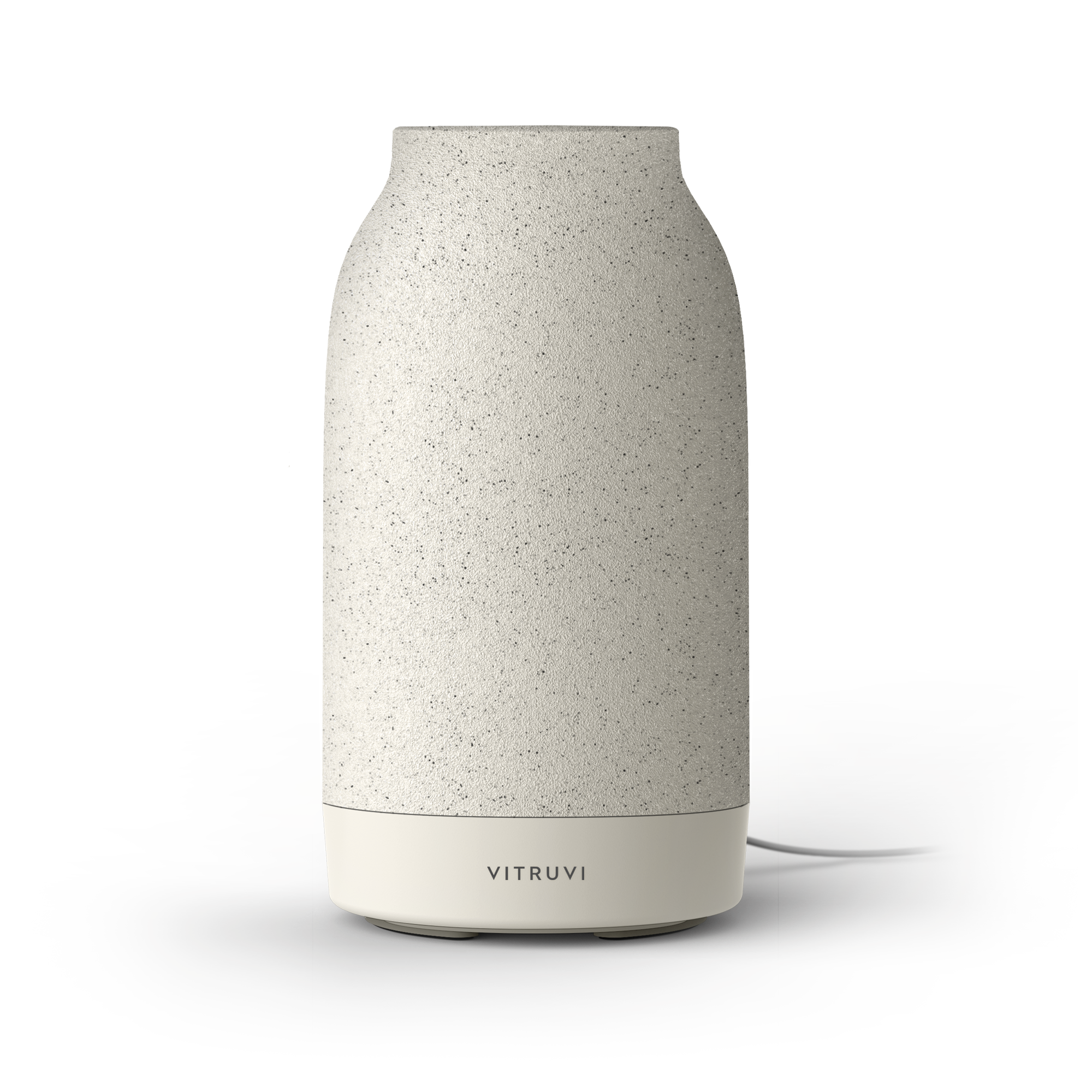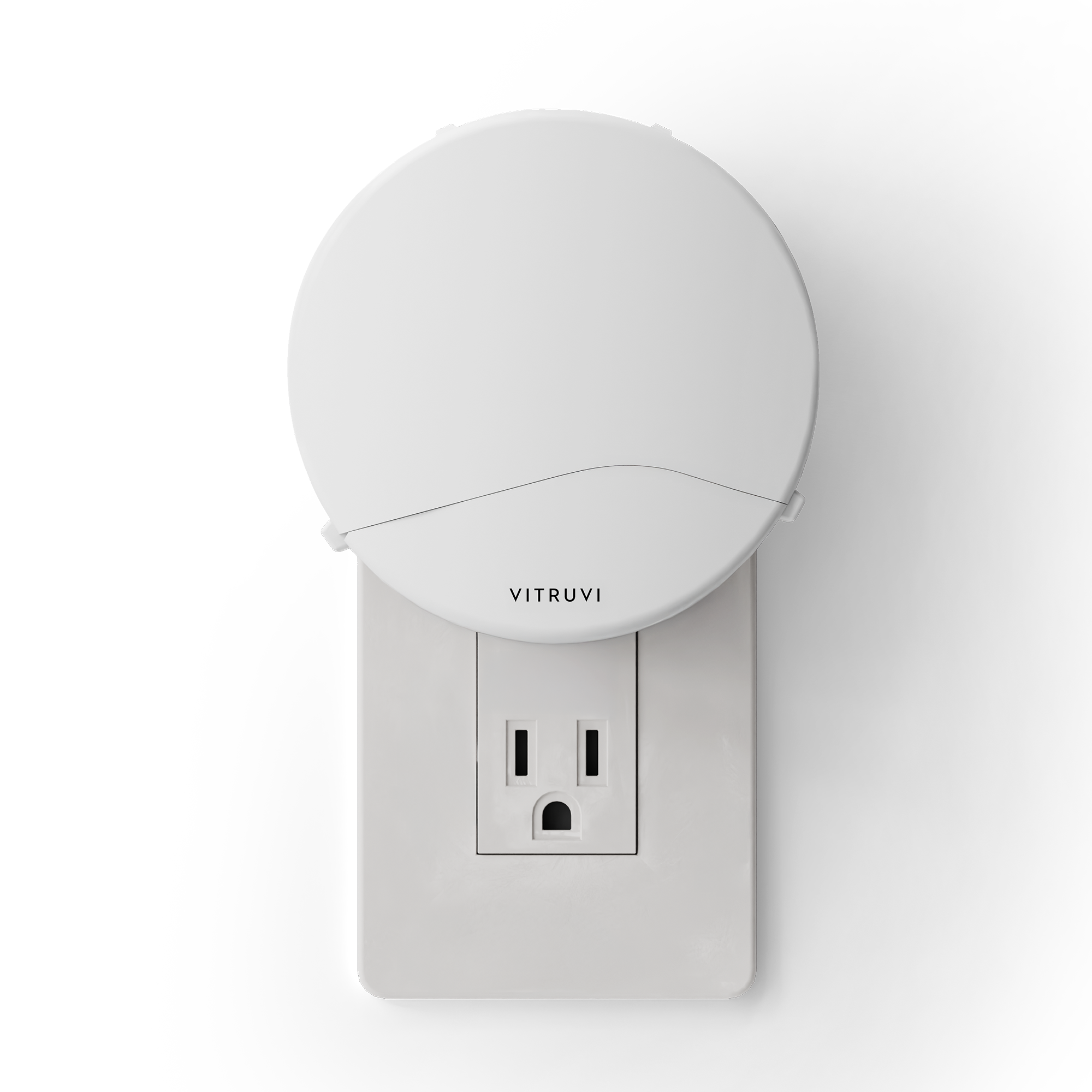A few months ago, in the coldest part of winter, I became, not obsessed, but certainly fixated upon the idea of making a scent scheme: designing the fragrances in my home to match the purpose and aesthetic of each room.
When I said it out loud, it seemed ludicrous; not the sort of thing a middle-aged suburban mom in Vancouver might do, but more for a Gwyneth Paltrow type, someone with a perfect home that never smelled of baby wipes, that never had jam on the wall. I’ve never been house-proud; instead I’ve always been that person who tidies just before visitors come round, who leaves pictures unframed, who has fancy towels for guests but uses the raggedy ones herself, and who is fairly content to live in a generic box.
Still, the thought of a scent scheme wouldn’t leave me. How would it work, and what would be the rules that governed it? According to creative consultant Rob Wells, who conceptualized The Douglas hotel in Vancouver, it’s less about scent per se, and more how each of the five senses contributes to our experience of a place—and how they should complement each other. “You hear a great orchestra and it works together, but if one thing stands out, it stands out,” he explains via phone from San Diego. “You want everything to be aligned, from the look of a place to the music you hear and the leather seats you touch, and the fragrance is an important element of that.”
Perfumer and The Scented L’Air owner Tracy Pepe is responsible for creating fragrances for hotels such as the Intercontinental New York Barclay and luxury property developer Oben Flats. She likens creating a customized interior fragrance to designing lighting: get it wrong and you can destroy a space. Get it right, though, and you make it. Take things further by changing it up, and you can transform it. “Consumers aren’t going to paint their homes every time they feel like a change. Often, people will have a fairly neutral interior design, but they can add pillows and rugs to shift the visual,” she says over the phone from Toronto. “Scent can change the emotional side and add colour in a different way.”
For the design of The Douglas, a major touchpoint was the Douglas fir—a replica of which forms the hotel’s reception desk. “These trees grow tall in the forest for thousands of years. They’ve offered shelter and warmth to people, helped them cook their food, provided the materials for warships and weapons, and still they selflessly grow,” explains Wells. “In terms of design, it wasn’t a literal interpretation, because of course Vancouver is a city and this isn’t a nature escape. It’s more the juxtaposition of the urban and the wild, with a pine note to the scent but not overwhelming, interpreted in a contemporary way.”
Pepe says that it does make sense to align the olfactory with the visual—for example, woody notes in a Scandinavian space—but also encourages people to think deeper. “If people would stop considering scent as a beauty product and start thinking of it as a design tool, that would be good,” she says. “It’s not like a personal scent, whether you like it or not; it’s about what it can do. Look at essential oils, which can reduce anxiety, help with memory retention, help with sleep. They can also neutralize an odour to create a white space [when used in a diffuser], unlike a candle or room spray that’s just masking unpleasant smells.” She says coniferous oils like Spruce as well as Lemon Essential Oil are particularly good for getting rid of a nasty smell; think how often they’re used in conventional cleaning products.
After you’ve decided how you want to feel in different areas of the home, the focus shifts to how you put it into practice. Pepe says you should have an underlying note: a consistent thread that unites the home, just as you might have the same theme or colour for your visual design. “So for example, you might go for a citrus theme, then keep to petitgrain (bitter orange), Bergamot, orange, and lime,” she says. “But again, the most important thing is what you want it to do and the mood you want to create, not the way you want your home to smell.”
This way of thinking has led me to a small epiphany. I have always thought of my home and its design as an outward-facing thing—that beautiful homes exist to impress others. But in Pepe’s and Wells’s world, spaces are for the people who use them. It’s no surprise, then, that my desire to create a scent scheme arrived in the bleak midwinter; Pepe says that her scent seminars are most popular in January and February, when people are feeling low from the cold and dark and are spending all their time indoors.
I knew I wanted my home to feel fresh, so citrus was an obvious starting point. I opted for Sweet Orange as my underlying note, with Bergamot downstairs, and Lavender upstairs where I want to relax. Even the act of adding the oils to my diffusers and switching them on made me feel good about myself and my space. Within a week or two, I realized I was becoming tidier. I framed photos of my kids and hung them on the walls. I switched to natural cleaning products. I started to use the posh towels. I began to understand the idea of being house-proud as a form of self-care.
I’m excited now to experiment a little more: add in warmer, woodier, or spicier notes as the summer ends, perhaps some Spruce or fir for Christmas. Yes, maybe I still have jam on the wall once in a while, but when the diffusers go on, my house feels perfect for me—and I feel nourished by it.

